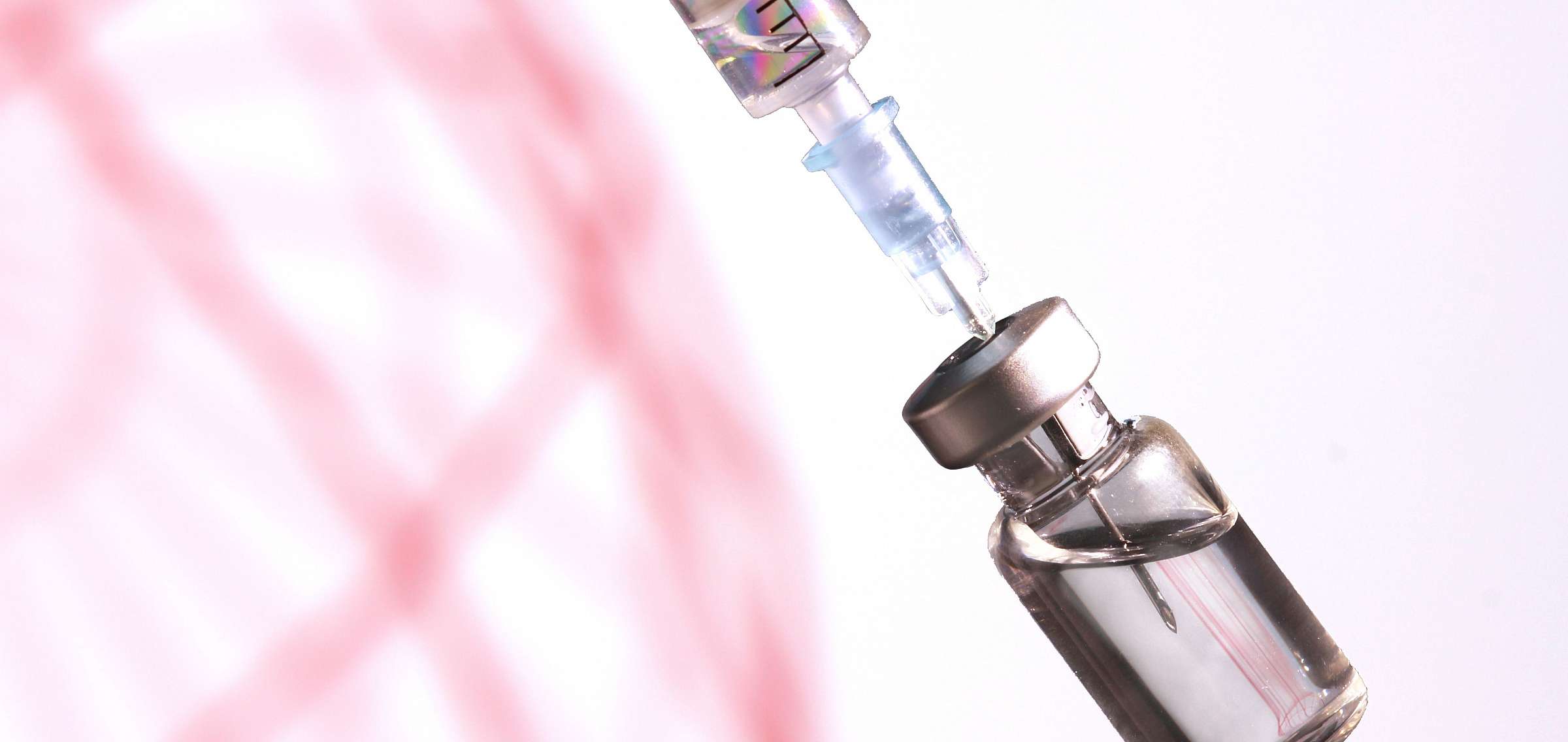Streamlining your EU MDR Compliance Journey
The European medical device industry is undergoing a transformation as the new European Medical Device Regulation is set to replace Medical Device Directives (93/42/EEC) and Active Implantable Medical Device Directive (90/385/EEC) by 2021. The European Union Medical Device Regulation (EU MDR) is aimed at restoring confidence in the European regulatory system after widespread safety issues and corrupt Notified Body engagements. These regulations are directed to increase postmarket surveillance, expand the use of Unique Device Identifiers and provide better oversight of Notified Bodies.
Medical device companies in the EU market are under additional pressure to remain competitive while preparing for the EU MDR, which does not allow the grandfathering of previously approved medical devices. As companies rethink their current strategies amidst the evolving regulatory landscape, they’re able to take market share from competitors by becoming an EU MDR compliance pioneer. Those organizations that are non-compliant will be unable to participate in the EU market until they are certified. The market opportunity across EU’s ten largest economies, plus Switzerland, is estimated to be $16.469 Billion!
Key Compliance Challenges faced by Organizations:
- EU specific Unique Device Identification (UDI)
- Reclassification of products based upon risk
- Mandatory product liability insurance
- Reprocessing of single use devices
- Technical File updated requirements
- Clinical evaluation and evidence standards
- Tightened Vigilance Reporting and Post Market Surveillance
- Enhanced transparency by utilizing the EUDAMED database
- End to end traceability with labeling and supply chain systems
PTC provides a world class PLM system that acts as the product quality and compliance backbone, which helps facilitate an organizations compliance journey. Thingworx allows companies to mashup data from multiple systems ten times faster than traditional integration methods. Axeda supports remote service strategies and gathers run data files from the device that help identify the root cause(s) and critical usage patterns. PTC executives Kevin Wrenn and Kathleen Mitford recently discussed the “Innovation Gap” in the medical device industry and the importance of closing the loop on quality. PTC has specialized offerings for medical device clients, enabling them to expedite regulatory submissions and incorporate postmarket surveillance into product design to ensure competitiveness and compliance.
Kalypso created a purpose-built Regulatory Information Management (RIM) solution that helps organizations track the status of worldwide product registrations. It fully integrates Regulatory and Product Development landscapes as well as processes. RIM can be integrated with ERP systems so shipping controls are harmonized with product change control. The International Medical Device Regulatory Forum (IMDRF) Table of Contents is dynamically linked to the Design History File (DHF) for traceability over the entire product lifecycle. Use of advanced searching, reporting and auditing features allow organizations to analyze cycle times, spot key trends and identify problems in their infancy stages. RIM is a great starting point for organizations beginning their EU MDR journey and helps foster an environment that can be easily expanded to incorporate Design Controls, Document Controls, Supplier Controls and Quality Management.
Kalypso’s Product Lifecycle Intelligence (PLI) solution can be utilized for a variety of use cases to help augment an organization’s EU MDR journey. Regardless of their existing systems, PLI can be used in a software agnostic setting to generate a compliance cost model based upon existing compliance gaps using advanced analytic algorithms. Not only will this aid in determining which product lines to update or retire but also more accurately identify the true root cause(s) of the problem. Once integrated to existing systems, PLI can be used to prevent issues from escaping the factory or occurring in the first place, thus saving companies significant amounts of money that are otherwise lost due to the Cost of Poor Quality (CoPQ). Lastly, PLI can be used to tightly integrate and control the Supply Chain, which is frequently managed in another system such as ERP.
Recommendations for companies pursuing the EU MDR Compliance Journey:
- Don’t wait - Develop and implement a proactive EU MDR strategy right now
- Run a mock audit to access the product portfolio and understand the cost of compliance
- Create a team of cross functional SME’s that will be responsible for specific processes and user adoption
- Pick your Notified Body and schedule your EU MDR certification based upon your portfolio strategy
- Get involved with groups like MedTech Europe and partner with experienced professionals to help guide you through your EU MDR compliance journey
- Perform Quality System and Data Management system infrastructure gap assessments
- Identify a data migration strategy and start moving on it now
Learn More
Product Lifecycle Intelligence: Turn PLM Data into Insights with Machine Learning

